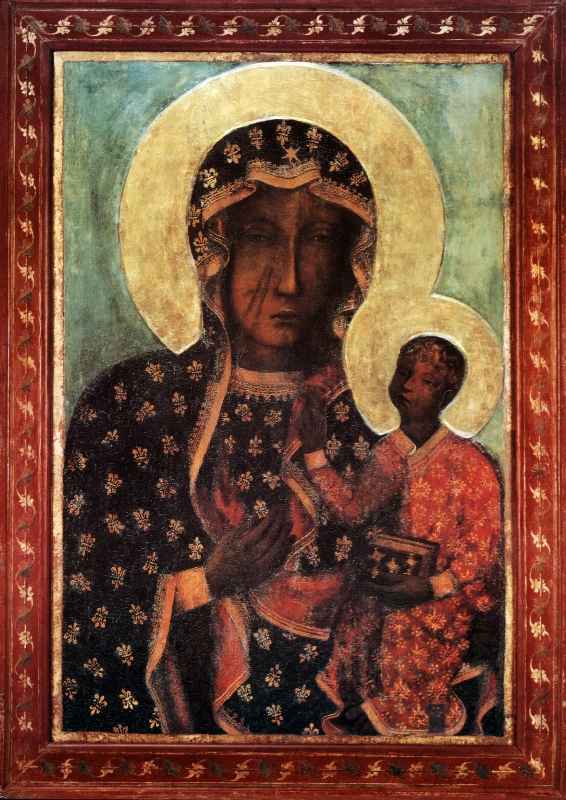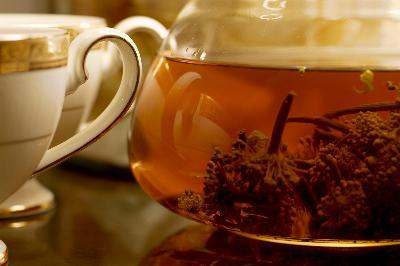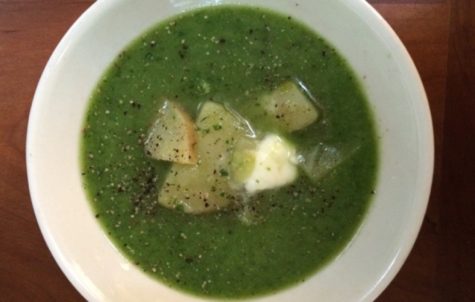Monthly Archives: May 2017
The Mothers of Arles
The Mothers of Arles is a French festival that runs from May 24 through May 28. This unique festival celebrating the triple goddess is still alive and well in France, celebrated mostly by gypsies. The “Three Maries of the Sea” recall the ancient goddess of life, death, and beauty. The gypsies gather from all over Europe and carry on their annual celebrations of the triple goddess. Three women dressed up as Mare, Tavobe, and Mary impersonate the goddesses, reaching the shore in boats.
In modern times, Sarah and Salome are the companions of Mary in this trinity. Fancy processions, gypsy weddings, trading of all sorts, fortune-telling, the leaping of cows (a survival from the ancient practice of bull leaping), dancing gypsy style, and candles give these days and nights their wild beauty.
From: The Grandmother of Time
Also found in: The Pagan Calendar
Festival of the Holy Marys
St Sara of Egypt is the Romanies’ patron saint. Throughout the eve of May 24 and during May 25th, Gypsies exalt the elements of fire and water. From wood the men have gathered, Gypsy women build a healthy campfire. They cook a huge feast and gather around the fire to exchange presents and good cheer.
On May 24th many Romanies still make a pilgrimage to attend an annual service at the shrine of St Sara of Egypt, in the crypt of the church of Les Saintes Maries de la Mer in the Ile de la Camargue, Bouches-du-Rhone, France. They carry the statue of St. Sara, who is black, into the sea (from where she originated) and out again.
From: The Good Spell Book
Also found in: The Pagan Calendar
Hidrellez
Hidrellez (celebrated on May 6th) is a very significant day, not only for gypsies. It’s been very significant in Anatolia for centuries. The word itself is the combination of names of two prophets: Hizir and Ilyas. Hidrellez signifies a rebirth of nature and is also considered to be the beginning of summer. It is said that whatever you wish for that night comes true!
According to Anatolian people’s beliefs, Hizir and Ilyas are two prophets who drank from the fountain of youth; they are brothers and friends. They have given each other promise to meet on this night of May 5 every year to give rebirth to nature. Hizir is the protector of plants; he gives life to plants. He helps poor people. Wherever he goes, he brings abundance. Ilyas is the protector of waters and according to some, the protector of animals. Wherever he goes, animals become healthier.
People believe that wishes made on this night will come true. They also believe that sick people will become healthier and it will be the end of bad luck and misfortunes. There are also a lot of rituals that people perform.
Some people put a coin inside a red cloth and then hang it on a rose branch. In the morning this money is put into the wallet so that it will bring abundance. It is also believed that if you go out, have a picnic and be in nature on this day, your days in winter will have less hardship. Most city people know this day simply as a picnic day.
Although it is commonly celebrated everywhere in Turkey, its mood is more festive among the Roma community. Apart from Edirne, Istanbul also hosts a major celebration by the Romanis in the historic Ahırkapı district, which was marked with a parade of community members in extravagant and colorful costumes.
Source: Hurriyet Daily News
Also found in: The Pagan Calendar
Đurđevdan
Đurđevdan is a major holiday for Roma from former Yugoslavia, whether Orthodox or Muslim. The various Balkan spellings (Herdeljez, Erdelezi) are variants of the Turkish Hıdırellez.
Ederlezi is the Gypsy name for the Bulgarian and Serbian Feast of Saint George. It’s celebrated on the 6th May, a holiday signaling the beginning of spring, occurring approximately 40 days after the spring equinox. This Spring festival is especially celebrated by Roma people around the former Yugoslavia (and elsewhere around the world), regardless of religious affiliation.
This holiday celebrates the return of springtime and is considered most important. The traditions of the Roma Durđevdan are based on decorating the home with flowers and blooming twigs as a welcoming to spring. It also includes taking baths added with flowers and washing hands with water from church wells. Also the walls of the home could be washed with the water. On the day of the feast it is most common to grill a lamb for the feast dinner. The appearance of music is also very important during this holiday. Aside from dancing and singing, traditional Brass bands are popular.
Đurđevdan in Serbian, Gergyovden in Bulgarian or Jurjevo in Croatian and Bosnian, “George’s day”, is a South-Slavic religious holiday, celebrated on April 23 by the Julian calendar (May 6 by Gregorian calendar). The feast of Saint George is attached to the tradition of celebrating the beginning of spring, and is a very important Orthodox Christian custom of honoring a family patron saint.
Saint George is one of the most important Christian saints in Orthodox churches. Christian tradition holds that St. George was a martyr who died for his faith. On icons, he is usually depicted as a man riding a horse and killing a dragon. Jurjevo is mainly celebrated in the rural areas of Croatia, mostly Turopolje and Gornja Stubica whereas every Đurđevdan is celebrated in many Serbian communities, but mainly in Serbia, Montenegro and Bosnia Herzegovina. In Croatian St. George is called Sv. Juraj while in Serbian he’s called Sveti Đorđe and in Bulgarian- Sveti Georgi.
In Croatia, the Catholic version of St.George’s day, Jurjevo is celebrated on April 23 by the Gregorian calendar. The tradition is mostly celebrated in northern Croatia, in Zagreb County. According to tradition this day marks the beginning of spring. The use of bonfires is similar to Walpurgis Night. In Turopolje, Jurjevo involves a slavic tradition where five most beautiful girls are picked to play as Dodola goddesses dressed in leaves and sing for the village every day till the end of the holiday.
See also: Ederlezi
Source: Wikipedia
Also found in: The Pagan Calendar
Horse Whispering
Horse whispering is shrouded in mystery. It is an inexplicable method employed by the Romanies to tame wild and temperamental horses.
Tradition says the secret to horse whispering was granted as a deathbed legacy from a horse charmer to his eldest son. The Romanies say that one who has received the gift of horse whispering cannot die peacefully until he or she has passed on the talent.
There are tales of horse whisperers meeting secretively in moonlight to practice their equestrian skills and to discuss hypnotic, herbal, and magical formulas.
Some believe horse charming is the application of herbs or aniseed to the horse’s nose or bridle or the recitation of the Lord’s Prayer in its right ear. Whatever it is, it is a secret the Romanies guard jealously.
One spell they do share is said to make the horse fearless of commotion and also of supernatural beings. The charmer first draws a circle on the left front hoof with a piece of coal and a cross on the right front hoof. Then the charmer spits on a piece of salted bread and feeds the bread to the horse.
From The Good Spell Book
by Gillian Kemp
Why Parsley?
If parsley is thrown into fishponds,
it will heal the sick fishes therein.
~Turner
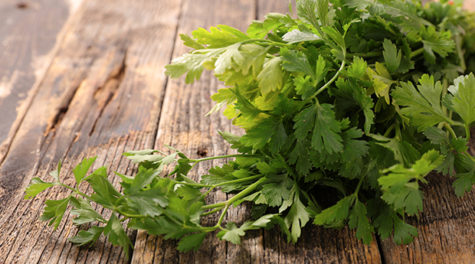
The most popular culinary herb is probably parsley. The Romany folk used it for many cures. Parsley is best when fresh and green, and goes with almost any dish, adding not only flavor but also helping to keep the system clear and disease at bay. Incidentally, a sprig dipped in vinegar and chewed will sweeten the sourest of breath.
Have parsley at hand at all times and use it as a garnish in stews, soups, and sauces. Sprinkle it on cooked mushrooms, tomatoes, potatoes, artichokes, and add it to a vinaigrette sauce, french dressing, and creamed cheese dishes. Use parsley stuffing for chicken to give fragrance to the flesh.
Here are some authentic Romany recipes that use parsley:
More About Parsley:
Common Names: Parsley, Persil, Devil’s Oatmeal, Perceley
Latin Name: Petroselinum crispum
Parts Used: Leaves, stems, roots, and seeds
Cultivation: Parsley is a hardy biennial. It doesn’t transplant well, so sow the seeds where you wish it to grow. Cut the flowers off as they appear the second year or you will have all flower and no leaves.
Cosmetic Uses: Add parsley infusions to your bathwater to soothe and cleanse.
Culinary Uses: Everyone is familiar with the soggy piece of curly parsley that appears on your plate in restaurants. Curly parsley is used most often as a garnish as it has a relatively mild flavor. Flat or Italian parsley is used frequently in cooking and has a strong flavor that mixes well with just about any dish. Use it fresh (dried has NO flavor), and add to foods towards the end of cooking.
Magickal Uses: Parsley promotes fertility and encourages lust. Use it in purification baths. Sprigs of parsley were once used on plates to keep food from becoming contaminated.
Medicinal Uses: Parsley has more vitamin C, proportionally, than an orange. Take infusions of parsley for bladder infections. It is also rich in other vitamins, like A, several B’s, and contains good quantities of calcium and iron. Parsley increases milk production and tones uterine muscles. The chlorophyll acts as a natural breath freshener.
Cautions: Large quantities can cause decreased blood pressure and pulse. It can also irritate the kidneys if overused.
Body Cleansing Tea
This tea is for clear skin, to promote the immune system, and the help remove toxins from the bloodstream.
- 3 tsp chopped young nettle leaves
- 1 tsp parsley
- ½ tsp lavender flowers
- juice of ½ a lemon
Note:
This blend is for one person and is intended to have half a pint of boiling water poured over it. Allow the infusion to stand for 10 minutes before straining and do not stir, as this bruises the plants. Obviously, you can adjust the amount of water or standing time to your own taste. If you prefer your tea sweet, add a little honey, not sugar, to the strained infusion.
Source: Tami Brown
Gypsy Parsley Sandwich
Parsley Soup
Saute a minced onion in a little butter or olive oil and add two large diced potatoes, 1/2 cup of white rice, 1 cup of chopped parsley (no stems) and about 4 cups of chicken or vegetable stock. Simmer half an hour. Just before serving, add 1 cup of fresh chopped parsley and 1 cup of Parmesan cheese. Or add fresh parsley and cheese to each bowl and ladle hot soup over it.
Recipe source unknown
Parsley Jelly
This is a wonderful recipe for relieving rheumatism and cleaning the blood:
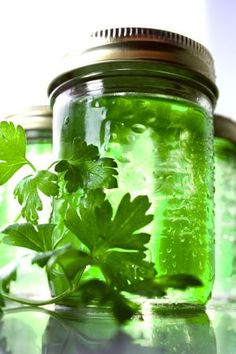 Wash a big bunch of parsley, put it into a large earthenware pot or flameproof casserole dish. Press it down tightly and cover it with water, bring it to the boil and simmer with lid on for two hours.
Wash a big bunch of parsley, put it into a large earthenware pot or flameproof casserole dish. Press it down tightly and cover it with water, bring it to the boil and simmer with lid on for two hours.
Strain the liquid, measure it, and add a pound of sugar and rind of a lemon for every pint of juice. Bring the juice to a boil in a pan on top of the stove, then simmer slowly until a little set when tested on a cold saucer.
Take the lemon peel out and pour the liquid into clean, warm, dried jars. When it is cooled and set, spread thickly onto thin brown bread and butter.
Recipe source unknown

